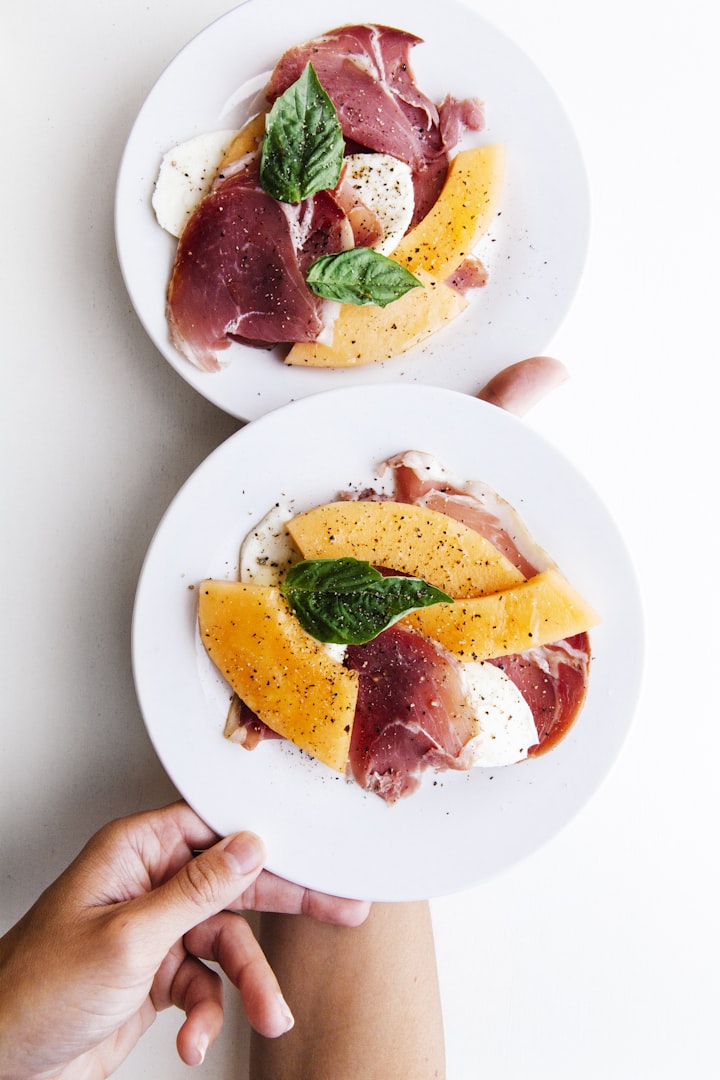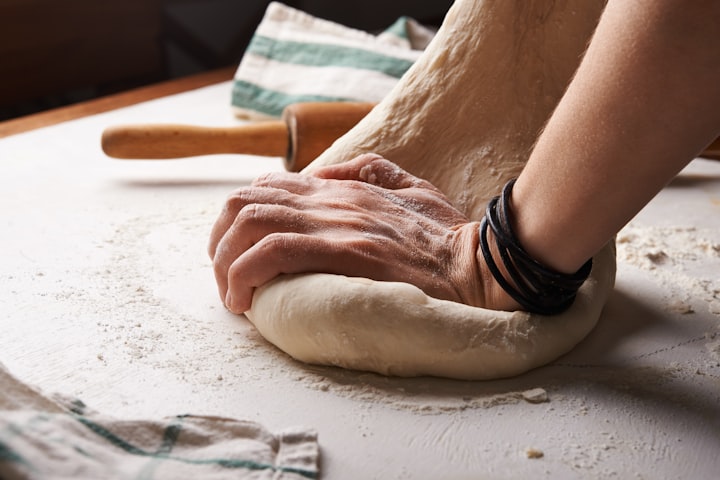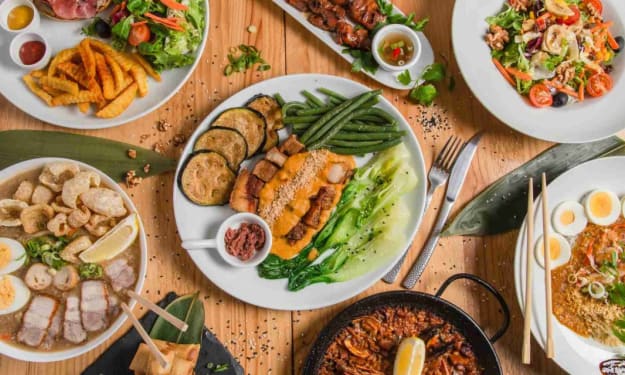The Art of Food Presentation: Elevating Your Dishes from Good to Extraordinary
In the culinary world, the saying "we eat with our eyes first" holds true. Food presentation is a vital element in creating a memorable dining experience. Beyond taste and flavor, the visual appeal of a dish can captivate the senses, evoke emotions, and elevate the overall enjoyment of a meal. The art of food presentation goes beyond mere arrangement on a plate; it involves thoughtful composition, attention to detail, and a touch of creativity. In this article, we delve into the intricacies of food presentation, exploring techniques, principles, and tips that will help you take your dishes from good to extraordinary.

Introduction:
In the culinary world, the saying "we eat with our eyes first" holds true. Food presentation is a vital element in creating a memorable dining experience. Beyond taste and flavor, the visual appeal of a dish can captivate the senses, evoke emotions, and elevate the overall enjoyment of a meal. The art of food presentation goes beyond mere arrangement on a plate; it involves thoughtful composition, attention to detail, and a touch of creativity. In this article, we delve into the intricacies of food presentation, exploring techniques, principles, and tips that will help you take your dishes from good to extraordinary.
1. The Power of Visual Appeal:
Visual appeal plays a significant role in how we perceive food. Vibrant colors, appealing textures, and artistic plating can make a dish more enticing, even before the first bite. Understanding the impact of visual elements on food presentation allows you to create a harmonious and enticing dining experience.
2. Composition and Balance:
The arrangement of elements on a plate is crucial in food presentation. A well-composed dish considers balance, both in terms of visual weight and flavor profiles. Utilize the principles of symmetry, asymmetry, and focal points to create visually pleasing compositions that guide the diner's gaze and enhance the overall aesthetic.
3. The Importance of Color:
Color is one of the most powerful tools in food presentation. It can evoke emotions, create contrast, and communicate freshness or indulgence. Consider the color palette of your dish and use a variety of hues to create visual interest and appeal. Incorporate colorful garnishes, edible flowers, or vibrant sauces to enhance the overall presentation.
4. Texture and Contrast:
Texture plays a significant role in food presentation. Incorporating contrasting textures, such as crispy and creamy, soft and crunchy, adds excitement and dimension to a dish. Consider the textures of the main ingredients and incorporate complementary elements to create a harmonious balance.
5. Plating Techniques:
There are various plating techniques that can elevate the presentation of your dishes. From the classic elegance of the central placement to the modern flair of the deconstructed style, each technique offers a unique visual experience. Experiment with techniques such as stacking, layering, or arranging ingredients in artistic patterns to create visually stunning presentations.
6. Utensil and Dish Selection:
The choice of utensils and serving dishes can greatly impact the overall presentation. Consider the style and theme of your dish and select appropriate plates, bowls, or serving vessels that complement the aesthetics. Pay attention to the size, shape, and color of the servingware to enhance the visual appeal of your creation.
7. Garnishes and Accents:
Garnishes and accents are the finishing touches that bring a dish to life. Fresh herbs, microgreens, edible flowers, or decorative sauces can add visual interest and elevate the overall presentation. Use garnishes sparingly, ensuring they complement the flavors and do not overpower the dish.
8. Embracing Minimalism and Negative Space:
Sometimes, less is more when it comes to food presentation. Embracing minimalism allows the natural beauty and colors of the ingredients to shine. Utilize negative space on the plate to create a sense of balance and focus, drawing attention to the key elements of the dish.
9. Considering Seasonality and Theme:
Seasonality and theme can inspire the presentation of your dishes. Incorporate seasonal ingredients, colors, or cultural influences to create a cohesive and visually appealing presentation. Let the theme guide your plating choices and use it as an opportunity to tell a story through your food.
Conclusion:
The art of food presentation is a captivating journey that transforms a simple dish into a work of art. With thoughtful composition, attention
to detail, and a touch of creativity, you can elevate your dishes from good to extraordinary. By considering visual appeal, balancing flavors and textures, and incorporating techniques and principles of plating, you can create visually stunning presentations that enhance the overall dining experience. So, let your creativity flourish, experiment with different techniques, and embrace the art of food presentation to delight both the eyes and the palate.





Comments
There are no comments for this story
Be the first to respond and start the conversation.